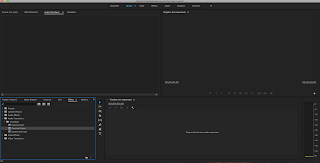Advertising Techniques
Advertising Techniques Avante Garde = This makes the audience think by having this product that they are ahead of the times. For example, a company may get a very current and popular celebrity to advertise their product because then, the audience will know it is very popular in the current market. Weasel Words = These words are used to imply something positive but it is actually negative. For example, people might advertise a product that has worked for them. Magic Ingredients = When it is suggested that a miraculous discovery makes a product extremely effective. For example, a pharmacist finds a tablet to cure eczema so that cream is no longer needed. Transfer = The use of positive words, images and ideas to convey that the product being sold is also positive. For example, a textile manufacturer may use words such as "trendy" to describe their clothes. Plain Folk = When it is suggested the product can be used by ordinary people. For example, a normal family may s...


